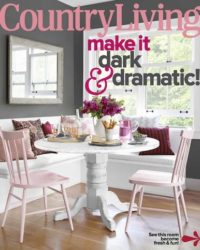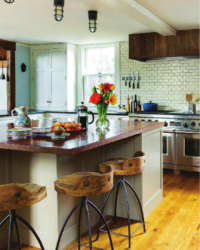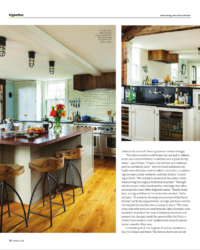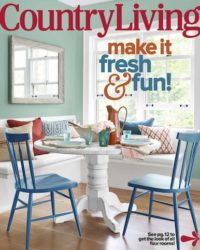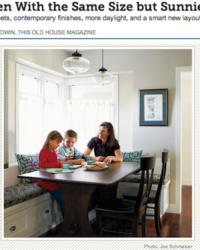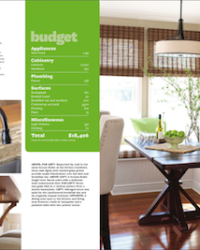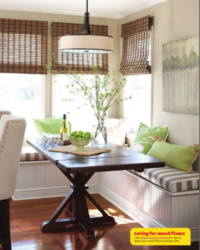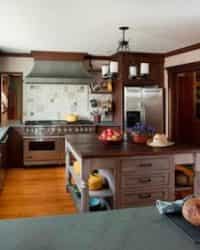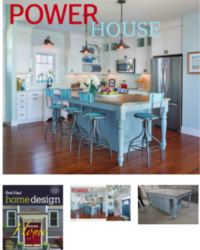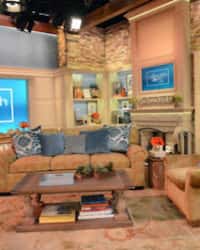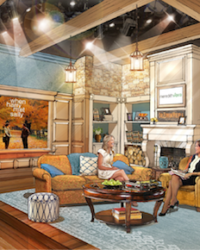Cab leg vs Straight leg vs turned leg | Styles explained
Cabriole/French leg style
A cabriole leg adds a touch of elegance to any table for rooms that require a more graceful look.
Modeled after an animal’s leg, the S-shaped cabriole leg gives furniture a more intimate, human quality than the massive turned legs of the William and Mary style. The cabriole leg is also extremely practical; the balance it achieves makes it possible to support heavy pieces of case furniture on slim legs, without the use of stretchers. Here’s a bit of history for you.. The Cabriole leg style originated in Italy and is a conventionalized representation of the rear leg of a leaping goat.
- Cabriole (French) Style Leg
Tapered (straight) leg Style
A tapered leg is different that a straight leg as it slims down toward the floor. Table or desk legs that have been tapered top to bottom have a grace and delicacy that square legs just don’t seem to have. Shaker furniture makers exploited this leg style, and so have many others. Although legs may be tapered all the way around, more often than not, tapers are cut on two adjoining faces of a leg. A tapered leg is an excellent choice those who wish to keep to a simple style. Cut from the reclaimed lumber, 2 of the 4 sides will remain “rustic” whereas the other 2 sides may look “cleaner” with the cut of the wood.
- Example of straight leg on Dining Table
Turned leg Style
The classic turned leg is a timeless style and will never out of fashion.
Turned legs work beautifully with our farmhouse tables and is a great choice for those wanting a rubbed-back painted finish on the base. Turned legs will often look newer than a rustic tapered leg since the outside layers of the wood are trimmed off with a lathe. Turned legs are very time consuming and can be quite expensive. Well worth it though , especially if you want a painted base.
- Turned Leg on Reclaimed Wood Table
